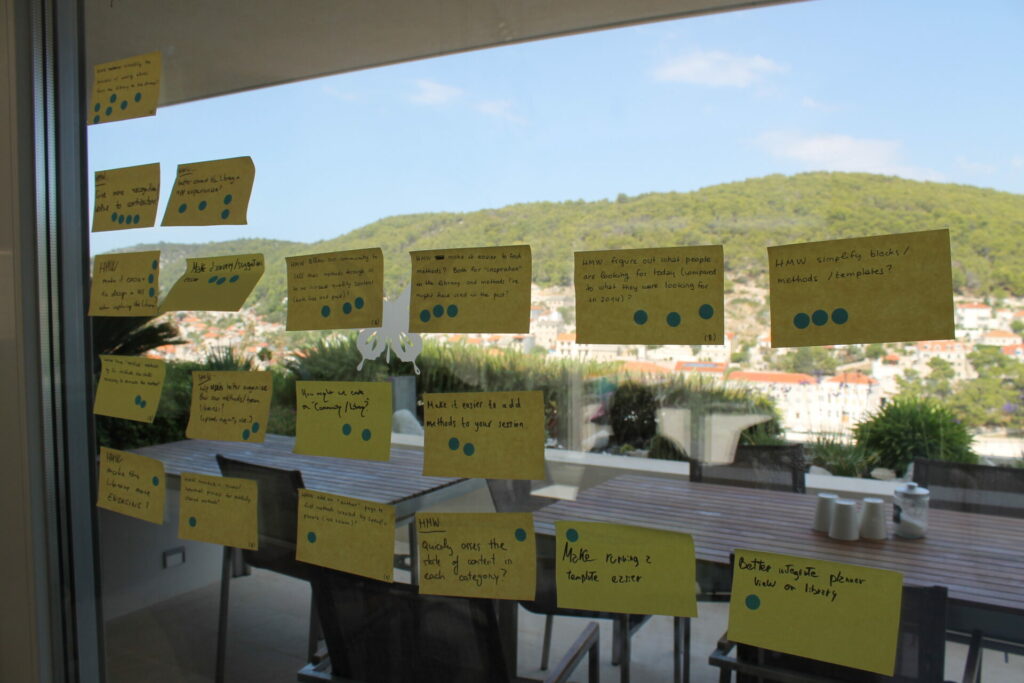
Effective decision-making is crucial for personal and professional success, especially in leadership roles where consequences can be far-reaching. The strategies outlined below synthesize insights from multiple sources to enhance decision-making capabilities.
Understand the Decision-Making Process
Recognizing that decision-making is a process rather than a single event is essential. According to management consulting firm Bain, there is a strong correlation between effective decision-making and financial performance, emphasizing the need to improve skills in this area. Professor Len Schlesinger from Harvard Business School explains that managers should view decision-making as a continuous process, requiring careful oversight and engagement to lead to successful outcomes[5][7].
Gather and Analyze Diverse Perspectives

Involving your team in the decision-making process can lead to better results. Research shows that collective decision-making harnesses the diverse knowledge and experience within a team, promoting more innovative solutions and overcoming hidden biases. This collaborative approach fosters an inquiry mindset—where team members discuss and evaluate assumptions constructively—rather than an advocacy mindset focused on defending individual positions[5][6].
Techniques for Inclusion

Using structured methods can ensure that all voices are heard. The '1-2-4-all' method encourages initial individual reflection followed by paired discussions before sharing ideas with the entire group. This minimizes groupthink by allowing everyone to express their thoughts before consensus is sought[3]. Similarly, creating a psychologically safe environment, where members feel comfortable sharing diverse opinions, is vital for effective team dynamics[5].
Identify and Define the Problem
Effective decision-making begins with clearly defining the problem. Atlassian suggests using techniques like the '5 Whys' analysis to dig beyond surface symptoms and grasp the root causes of issues. By framing the problem adequately, teams can focus their efforts on generating solutions that directly address the core challenge[2].
Develop and Evaluate Alternatives

When brainstorming solutions, it's important not to limit options to binary choices. Encourage creativity and expansive thinking through methods like the 'Six Thinking Hats,' which allows teams to explore various perspectives and approaches simultaneously. Following the generation of ideas, a structured evaluation process such as SWOT (Strengths, Weaknesses, Opportunities, Threats) analysis can help assess potential solutions more effectively[2][4].
Employ Decision-Making Tools
Utilizing decision-making tools can streamline the evaluation process. The Pugh Matrix, for instance, allows teams to score different alternatives against a set of criteria, helping to objectively determine the best option[4]. Other techniques, such as Cost/Benefit analysis, prioritize decisions based on their potential return on investment, ensuring that resources are allocated efficiently[3].
Make Timely Decisions

While it's crucial to gather information and perspectives, timely decision-making is equally important. Over-analysis can lead to paralysis, where the weight of too many options hinders the ability to act. It is essential to set deadlines and move forward with the best available information rather than waiting for the perfect solution[6].
Recognize the Role of Emotion and Intuition
Leaders must also be aware of the role of emotions in decision-making. Emotional intelligence can facilitate better choices by allowing leaders to interpret their emotions constructively. Understanding how emotions influence decisions will enable leaders to channel their gut feelings into reasoned actions, enhancing their overall effectiveness in decision-making contexts[6][7].
Implement and Monitor Decisions
Once a decision is made, effective execution is paramount. Establishing a clear plan for implementation, including a stakeholder communication strategy, will help ensure that everyone is aligned and aware of their responsibilities. Monitoring outcomes and measuring results against predefined metrics allows teams to learn from each decision, refining their approach for the future[3][5].
Conclusion
Improving decision-making skills is a multifaceted endeavor that involves understanding processes, engaging diverse viewpoints, defining problems accurately, evaluating alternatives objectively, making timely choices, and fostering an environment that encourages reflection and learning. By employing these strategies, individuals can enhance their decision-making capabilities, leading to more effective outcomes in both personal and professional settings.
Get more accurate answers with Super Pandi, upload files, personalized discovery feed, save searches and contribute to the PandiPedia.
Let's look at alternatives:
- Modify the query.
- Start a new thread.
- Remove sources (if manually added).